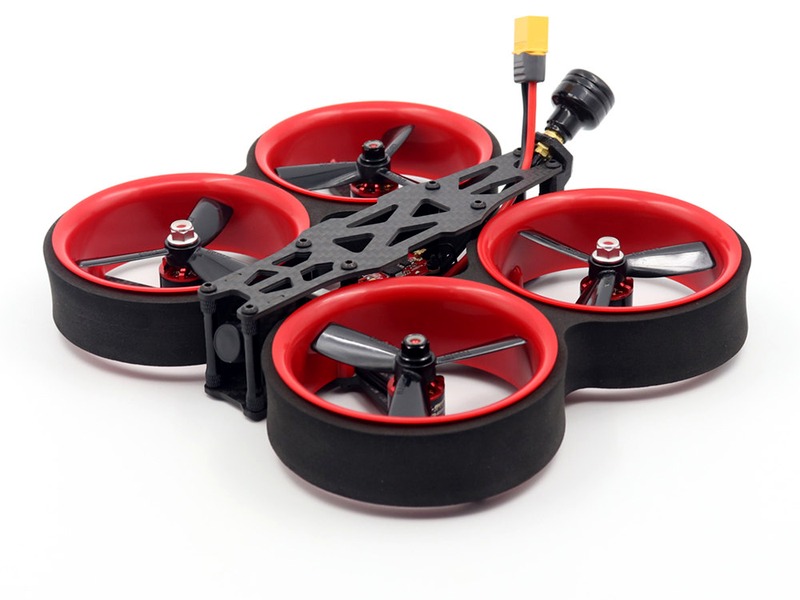How does a drone know its position?

A drone knows its position by using a combination of different technologies including GPS, inertial measurement units (IMUs), and computer vision.
GPS
One of the most common ways for a drone to know its position is by using Global Positioning System (GPS) technology. GPS is a network of satellites developed by the US Department of Defense to provide precise location information to users anywhere in the world. A drone can receive signals from multiple satellites at once to calculate its exact coordinates. Using this data, the drone can then determine its exact latitude, longitude, and altitude.
IMUs
In addition to GPS, many drones use inertial measurement units (IMUs) to help them know their position. IMUs are small electronic devices that measure a drone’s acceleration and angular rate. By combining the data from the IMU with information from the GPS, a drone can more accurately determine its current position and orientation.
Computer Vision
Computer vision is a technique where an onboard camera is used to provide information about the environment. The camera can be used to detect and track features in the surrounding area such as buildings, roads, and trees. By comparing the camera’s position in the environment to its known location, the drone can determine its exact coordinates.
Conclusion
By using a combination of GPS, IMUs, and computer vision, drones are able to accurately determine their current position. This helps them to navigate their way around the environment and avoid obstacles with great precision. Furthermore, this technology has allowed for the development of autonomous drones that can fly without human intervention. With the continued advancement of drone technology, the possibilities for drone applications are only limited by our imagination.

